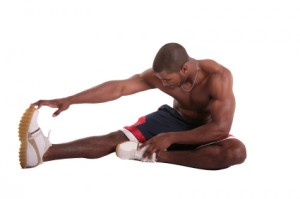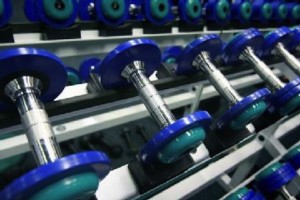Introduction During the rehabilitation of an athlete frequently the most challenging period is during the late stage (Lorenz & Reimann, 2011). One reason for this clinical challenge is that there is a significant lack of research to suggest the most effective techniques for improving performance during late stage rehabilitation. Personally, the late stage rehabilitation of athletes is my […]

As we all know, good things come in threes. This is the third and final post on resistance training in adolescents. As you will now know, we have so far discussed the overall safety of resistance training in children and adolescents and some of the health benefits. This final article will take up where the second let off, and discuss some more benefits, key points for resistance training in adolescents and also my own experience of developing a resistance training program with young athletes .

Let me set the scene for you. You are at the oval and your athletes are warming up prior to competition, and one calls out “can you come stretch my hammys?”. This is an obvious request for a PNF therapist-assisted stretch, and you will likely oblige for a few reasons. Today I would like to discuss some research that challenges the notion that PNF stretching deliver superior immediate improvements in range of motion..

This article will discuss the health benefits of resistance training in adolescents. I would suggest that physiotherapists that help children and adolescents with their injuries will often be prescribing resistance exercises; they might be in the form of a Theraband exercises, body weight exercises (squats, calf raises’ etc.) or an exercise with added free or machine weights. Now I know that I strive to be evidence based with my practice and I am sure you are in the same boat! So let’s have a look at what gains can be made with resistance training.
As most sports physiotherapists would know, injuries of the groin are very common. This is particularly true in sports that require lateral movements and kicking; think football, rugby and AFL. In fact in some sports the incidence of groin pain is as high as 13%. This means that we are regularly assessing groin pathologies, and should be aware of the most effective and reliable techniques to assess deficits in adductor function. This article will discuss new research on the Adductor Squeeze Test that can inform and improve your clinical practice…



